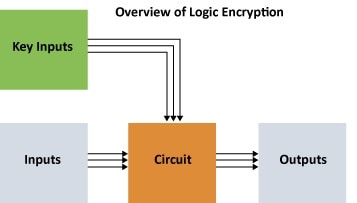Design security builds on top of our secure hardware platform to provide confidentiality and authenticity to your design while monitoring the environment for physical attacks. Additionally, our secure manufacturing flow can extend to your manufacturing facilities anywhere in the world by adopting our secure production programming solution.
The process for programming or “loading” FPGAs needs to be side channel-resistant regardless of whether they are nonvolatile or SRAM FPGAs. Our FPGAs, starting with the introduction of SmartFusion® 2 and IGLOO® 2 in 2013, have side channel resistance built into programming operations regardless of whether those operations occur in a lab or via remote update mechanisms.

Design Site
Manufacturing Site
Data at rest should exhibit the property of confidentiality. You can use DesignShield to protect the PolarFire family of devices at rest. DesignShield encrypts the logic design using three different types of encryption methods: logic encryption, routing encryption and mathematical encryption. Without the presence of the “key input”, your design will not operate. The on-chip Secure Nonvolatile Memory (SNVM) store applies keys on power-up and a unique-per-device PUF key protects the SNVM at rest.
